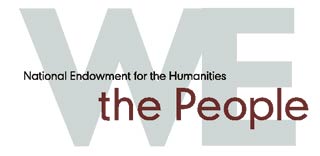Document Analysis Worksheet
You are now the PROS, using the approach of an historian as you begin your detective work with the documents on this website. We have provided you with questions to ask as you examine them. The questions fall into five categories: the CONS.
- CONTENT: a question that requires you to figure out what the writer is saying
- CONTEXT: a question that helps you understand the background of documents
- CONSIDERATIONS: a question that examines why documents were written
- CONNECTIONS: a question that links documents with broad historical themes
- CONVERSATIONS: a question that explores the interplay between writer and audience
-
Interpreting the documents: for discovery and discussion
- What does it say?
- When and where was it written?
- What events, people, places, and issues does it describe?
- Who wrote it and to whom? What was their relation?
- Why was it written? What motivated its creator?
- What specific circumstances brought about its creation?
- What is its tone? What kind of voice does it employ?
- What (if any) outcomes did the creator hope to achieve by writing it?
- What must we consider in using it as a source of evidence?
- What can we tell about the creator’s values and point of view from it?
- How does the creator’s viewpoint affect the ways events are described?
- What can this document tell us? What can’t it tell us?
- What intentional messages does it convey? What unintentional ones?
- To what other documents on this website does this one relate? How?
- What unanswered questions do you have about this document? What do you still need to know in order to make sense of it?



